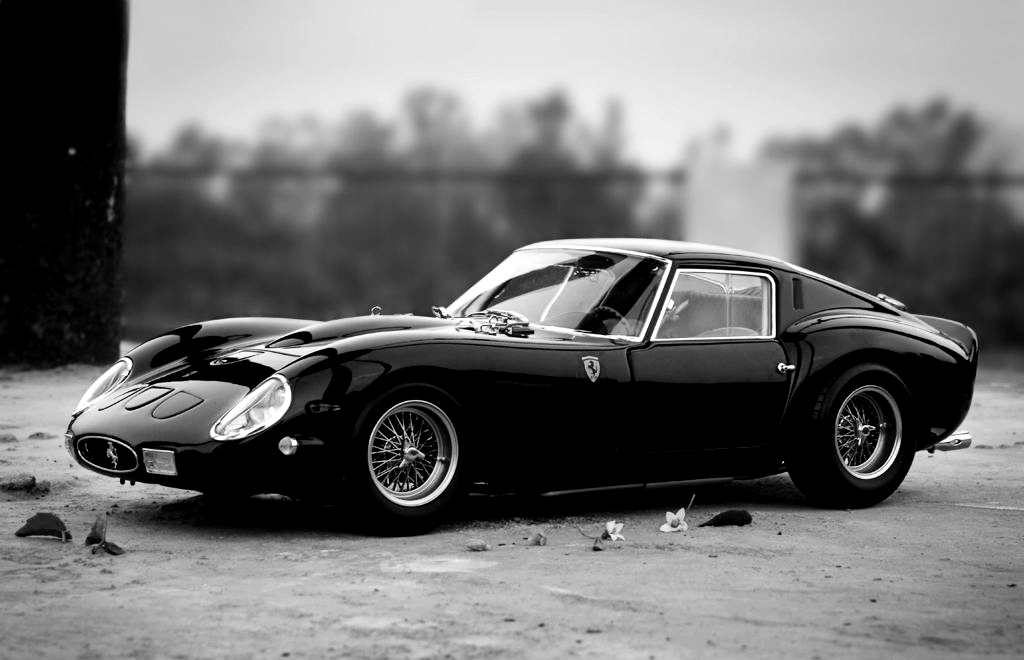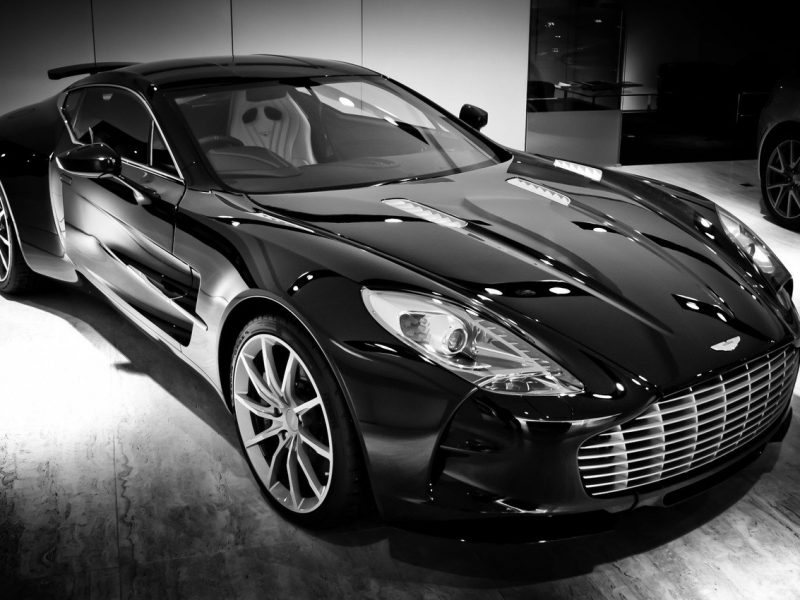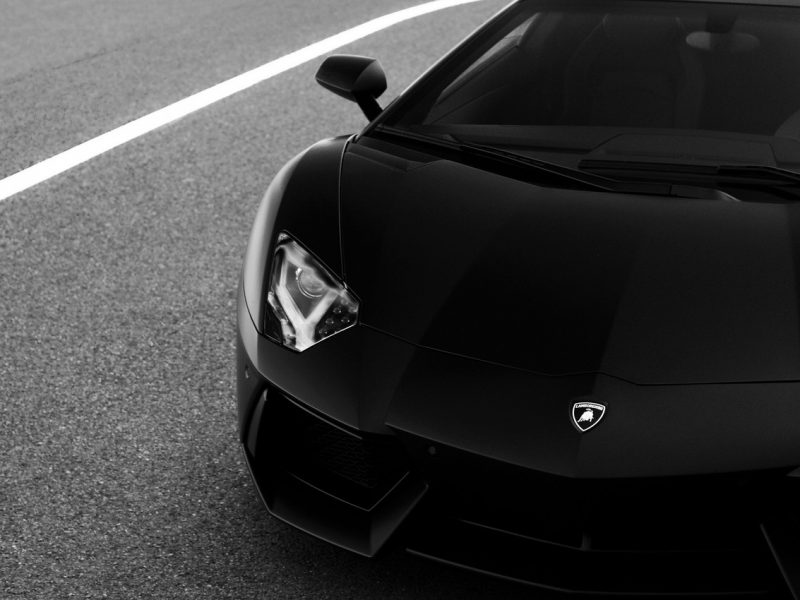The Ferrari has been around for a long time, but the company has evolved over time. Ferrari is an Italian sports car that has been around for nearly 80 years. The company was founded in 1947 by Enzo Ferrari and based in Maranello, Italy and its headquarters are called La Scuderia, started as a car manufacturer. The first car they produced was the 125 S which they debuted at Maranello Circuit in Modena.
Ferrari is known for its sleek design, high performance, and speed.
It is one of the most recognized and prestigious brands in the world.
The company’s founder, Enzo Ferrari, was a pioneer in the automotive industry who created innovative designs and technologies for race cars. He was also an innovator in terms of marketing and branding his product.
The Ferrari is brand aims to provide consumers with a sense of luxury, performance and exclusivity.
The Fastest Ferrari in the World | SF90
Why Ferrari Is the World’s Largest Luxury Car Brand
Ferrari is the world’s largest luxury car brand. The company has always been synonymous with speed and performance.
The company’s success can be attributed to the following factors:
- The company has a long history of producing high-performance cars that are not only aesthetically pleasing but also technologically advanced, making them desirable to customers around the world.
- Ferrari is known for its “Ferrari Red” color which also helps it stand out in the automotive market.
- Ferrari cars are known to be beautiful, powerful, and expensive.
- In order to make a Ferrari a great car, it must be fast, luxurious and iconic. A great Ferrari is also built to last and be reliable. It’s not just about performance though – it’s about how you feel when you drive one.
Production & Distribution of Ferraris and Why are they so Expensive?
The production of the Ferrari is complex, expensive and time-consuming. There are a lot of factors that contribute to the high price of a Ferrari. It is not just the fact that they are expensive, but also the amount of work and skill it takes to produce one.
In order to make sure that they can keep up with demand, manufacturers have had to find ways to reduce costs and increase efficiency. To do this, they have had to invest in automation and other technologies like 3D printing.
The production of Ferraris is highly complex as it requires an intense amount of precision and skill from people who are highly trained in their respective fields.
The production of Ferraris starts with the design and engineering process. The design team usually creates a 3D model of the car, which is then turned into a 2D drawing. This drawing is then sent to an engine factory for manufacturing, where it will be assembled into parts. These parts are then put together to create an individual car body.
The final step in this process is the assembly or painting of each individual car, which can take up to 3 months depending on how many hours are spent on each part. After this stage, there is finally a product that goes out for sale!
This can account for the high cost of producing a Ferrari.
How Have Ferraris Changed over the Years?
In the last 50 years, Ferrari has seen a lot of changes. Their cars have evolved from being a little more than a modified race car to what it is today – an iconic supercar.
The first Ferrari was created in 1947 by Enzo Ferrari. It was called the 125S and featured a V12 engine, four-wheel independent suspension, and was capable of reaching 150 mph.
Ferrari’s most recent models are the 599 GTB Fiorano and LaFerrari. The Ferrari symbol is a recurring motif in many of their models.
The most iconic models are considered like the F40, Enzo, GTO 250.
You may also like:



